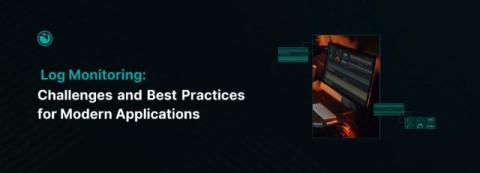5 Ways To Optimize Skyrocketing Observability Costs
Many of our customers frequently ask us how they can calculate the ROI of their observability platforms. It’s a tough question, and one that comes up because company decision-makers often feel like they may be overpaying for observability when things are running smoothly – especially when it comes to their applications.






